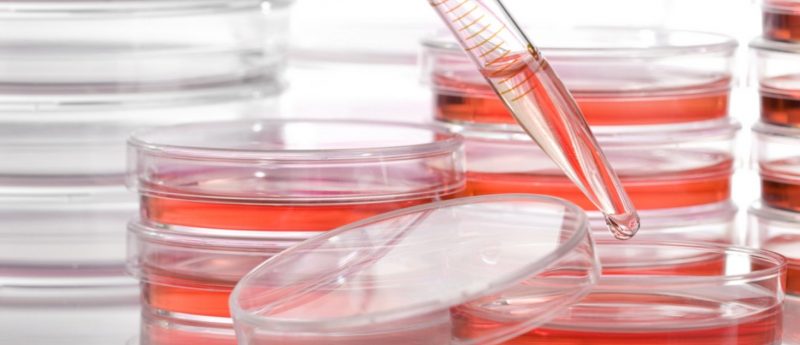Research improves our understanding of how regenerative therapies function

Matrix bound nanovesicles may be key to efficacy of bioscaffold approaches
Bioscaffolds composed of extracellular matrix (ECM) derived from pig tissue have been repeatedly demonstrated to promote tissue repair and reconstruction. Such bioscaffolds are already in clinical use for a number of indications, including hernias, esophageal cancer and wound healing. The mechanism of how ECM material influences cells to cause functional tissue regrowth in this way has, however, remained unknown.
In a new study led by Stephen Badylak (University of Pittsburgh School of Medicine, PA, USA), cellular communication was demonstrated to occur via nanovesicles. “We always thought exosomes are free floating, but recently wondered if they are also present in the solid ECM and might facilitate the cellular communication that is critical to regenerative processes,” explained Badylak.
This hypothesis was investigated through enzymatic break-up of the ECM, mimicking the process which occurs when a bioscaffold is incorporated into the recipient’s tissue. Both neuronal stem cells and immune cells were then exposed to the resulting isolated matrix bound vesicles and observed to mimic their normal regrowth behaviours.
“Sure enough, we found that vesicles are embedded within the ECM. In fact, these bioscaffolds are loaded with these vesicles,” summarized Badylak. “This study showed us that the matrix bound vesicles are clearly active, can influence cellular behavior and are possibly the primary mechanism by which bioscaffolds cause tissue regrowth in the body.”
Written by Hannah Wilson
Source: UPMC News Release www.upmc.com/media/NewsReleases/2016/Pages/pitt-solves-regenerative-medicine-mystery.aspx